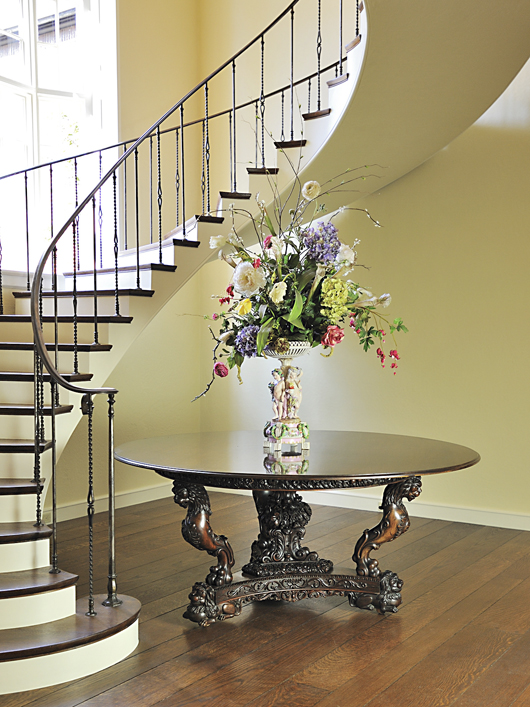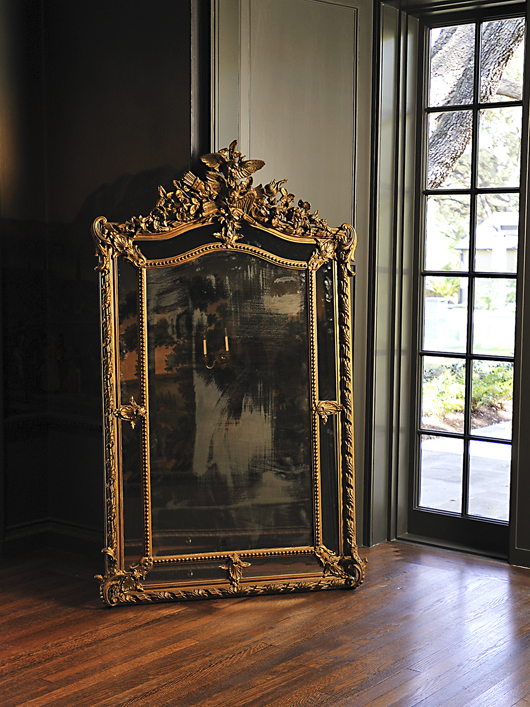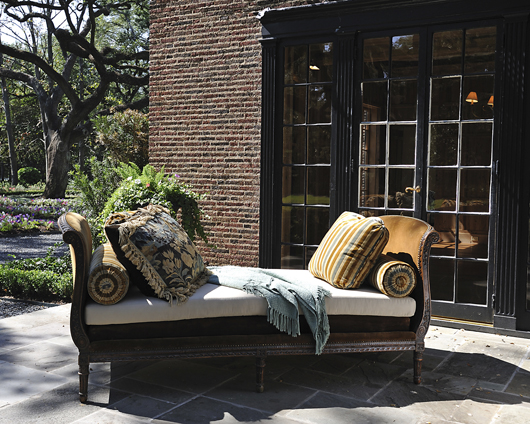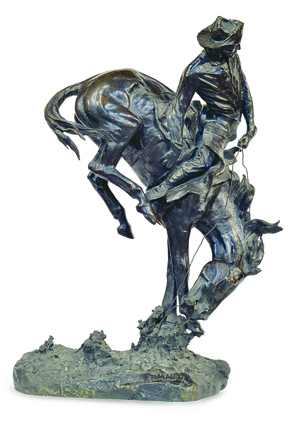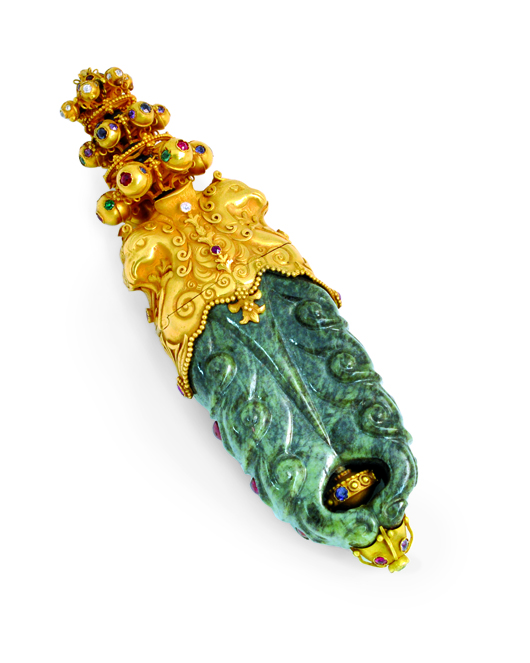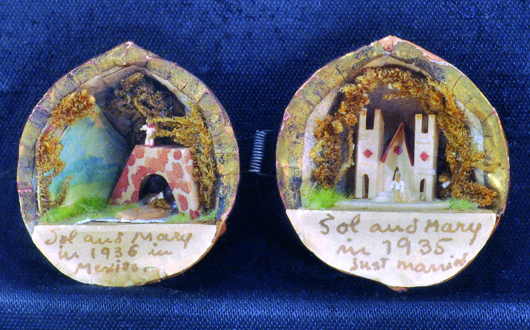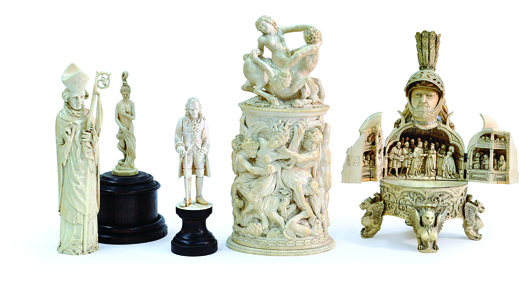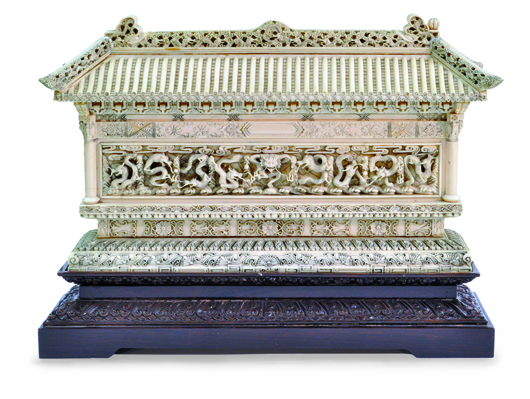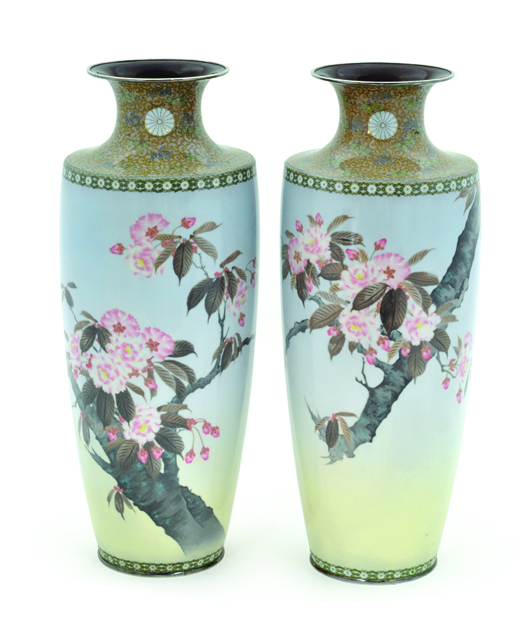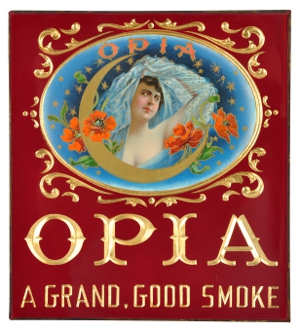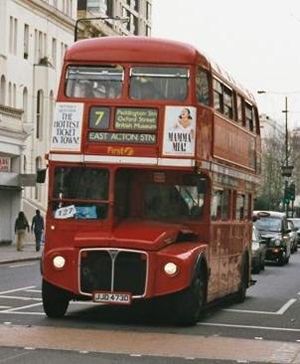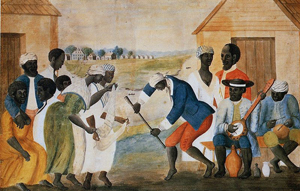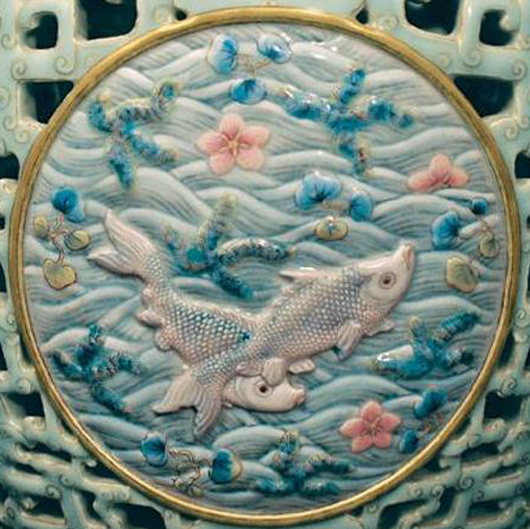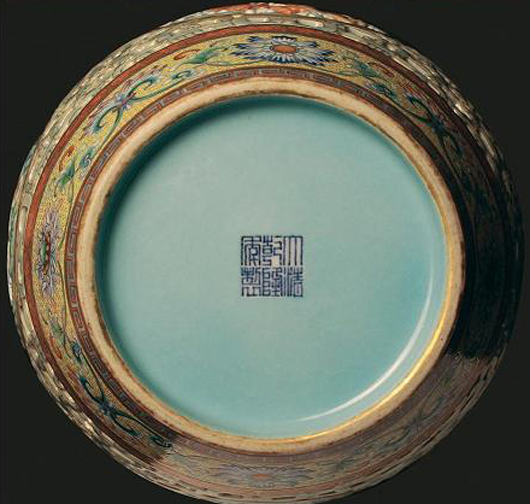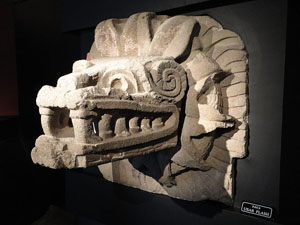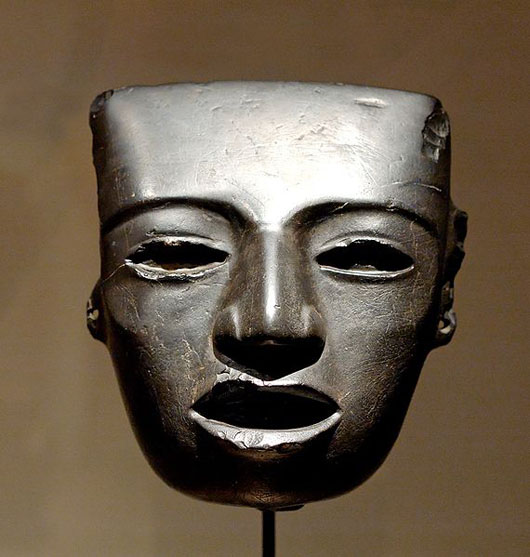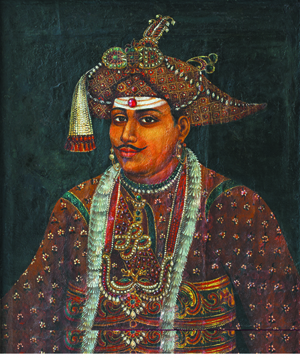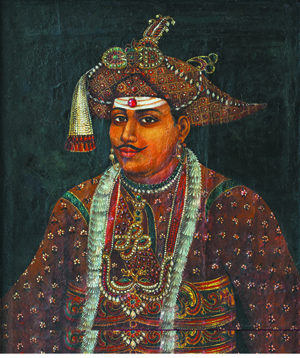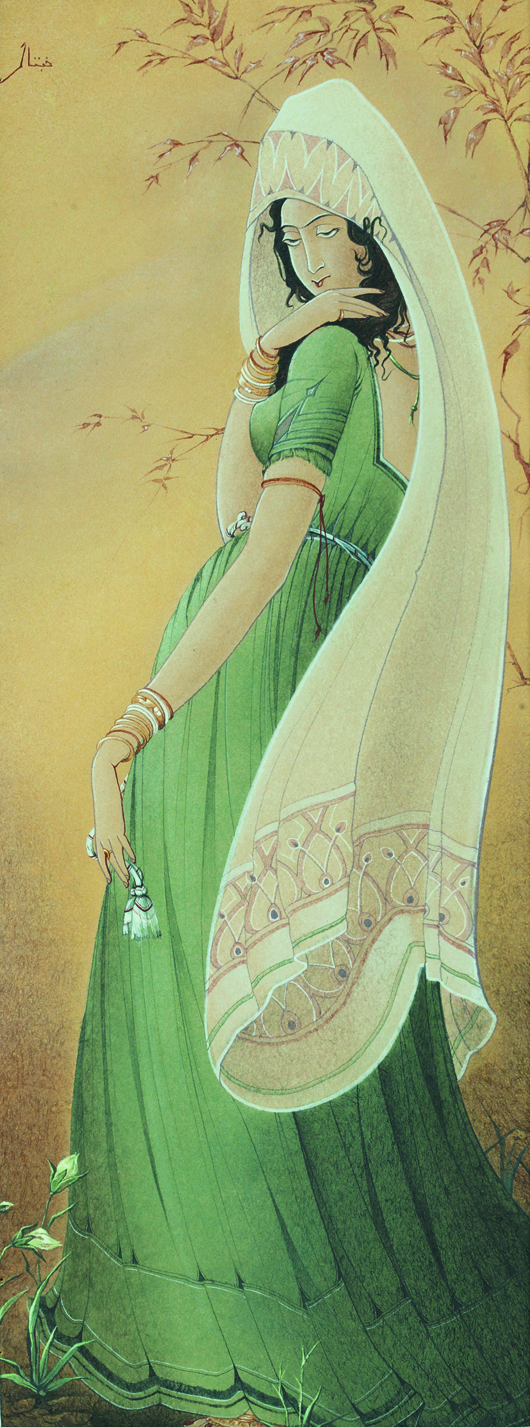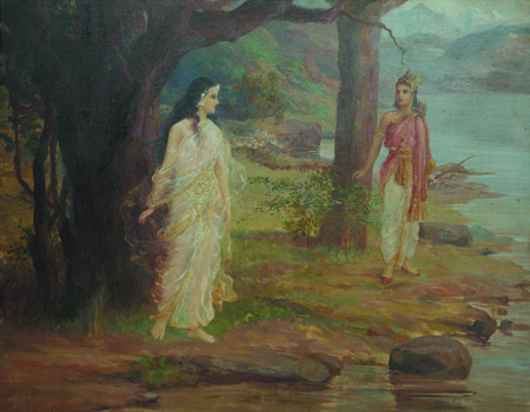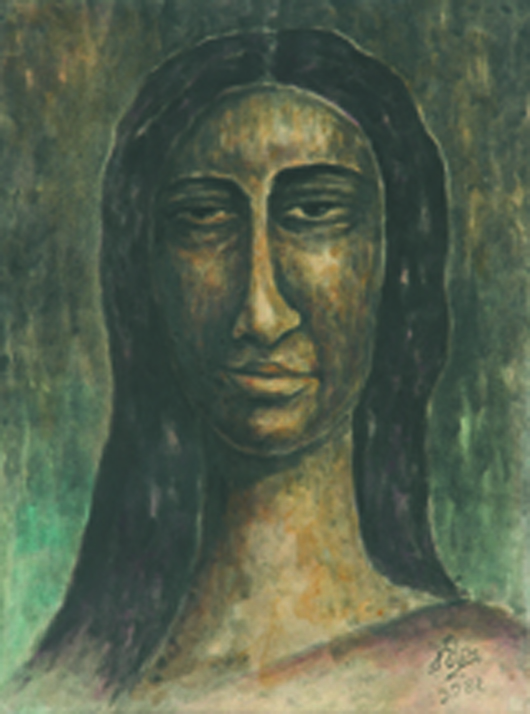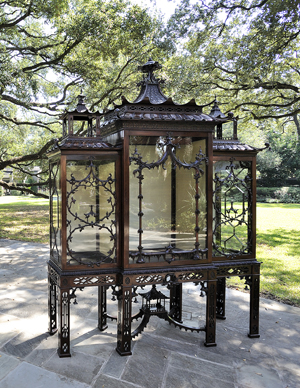
These are a few of the items in Morton Kuehnert’s Nov. 18 Catalog Auction photographed at 2 Longfellow Lane, a Classic Georgian-style estate in Houston located a stone’s-throw from Rice University in Shadyside. (The recently restored mansion is currently listed for sale with Dianne McDonough, John Daugherty Realtors, for $12 million.)
The Nov. 18 auction, which will include Internet live bidding through LiveAuctioneers.com, features a cache of 20th-century fine art and a treasure chest of baubles and timepieces. Beautiful 19th- and 20th-century European and American furniture, along with antique kitchen copper, mantel clocks, art glass, china, and other defining pieces will be offered, as well.
A 5.03 carat princess cut diamond has a pre-auction estimate of $100,000-$125,000. A man’s 18K Corum 15-gram-ingot Swiss quartz watch is estimated at $1,700-$2,300. The matching ladies Corum is estimated at $1,500-$1,800. An 18K diamond powder compact case with 20 diamonds weighing a total of 1 carat is estimated at $7,000-$10,000. A signed Van Cleef and Arpels 18K cigarette case is estimated at $5,000-$8,000.
The stunning English Chinese Chippendale style cabinet on a stand is estimated at $25,000-$35,000; while a Chinese chippendale carved giltwood over-mantel mirror is estimated at $18,00-$24,000. The English mahogany/rosewood pedestal table is estimated at $6,000-$8,000; and a Louis XV daybed is estimated at $1,000-$2,000.
In the category of paintings, an Alexander “Alex” Koolman, R.P.A., R.P. (British, 20th century) oil on canvas titled La Dona del Sur is estimated at $1,500-$3,000. The Norman Stevens, A.R.A. , (British, 1937-1988) oil-on-canvas artwork Painted Henge is expected to make $2,500-$5,000; and the John Plumb’s (British, 1927-2008) Snow Scene watercolor is estimated at $1,500-$2,500.
In the area of decorative art, a pair of five-light Baccarat candelabra is estimated at $3,000-$4,000. A 19th-century French marble and brass mantel clock made for Shreve, Crump & Low, Boston is estimated at $1,500-$2,000. A pair of Japanese Shibayama lacquer panes could fetch $2,500-$3,000.
A kitchen full of copper is represented in several lots, with a cauldron, a stew pot, bed warmers, a watering can, a frying pan and a stove pot.
For additional
About 2 Longfellow Lane:
Two Longfellow was originally designed by architects Harrie T. Lindeberg and John Staub. From 2008 to 2010, the home was restored to its original design by the new owners, who were fortunate to find the original blueprints in the basement. The home is 11,336 square feet, and the lot is 75,000 square feet. For additional information visit www.johndaugherty.com.
# # #
ADDITIONAL LOTS OF NOTE
